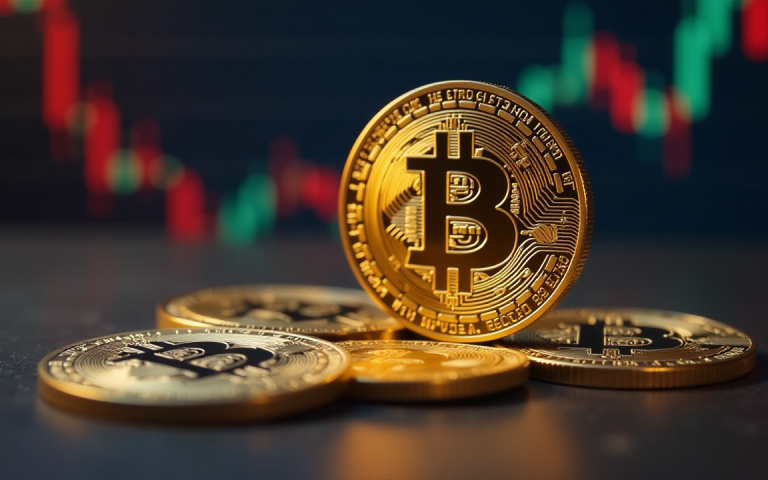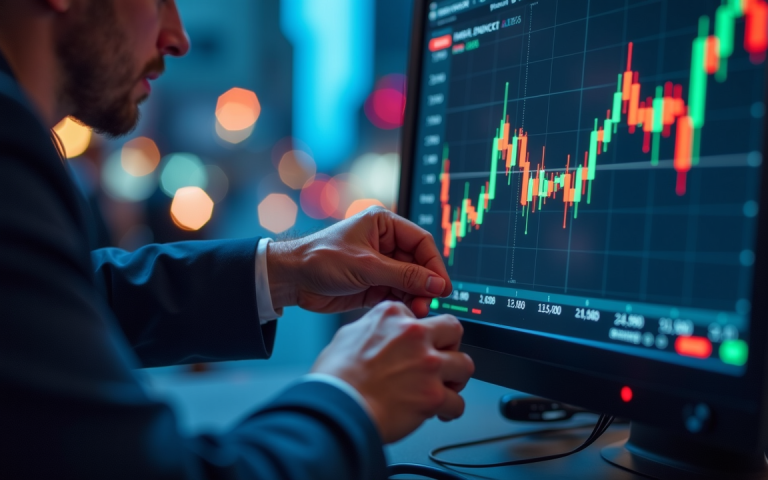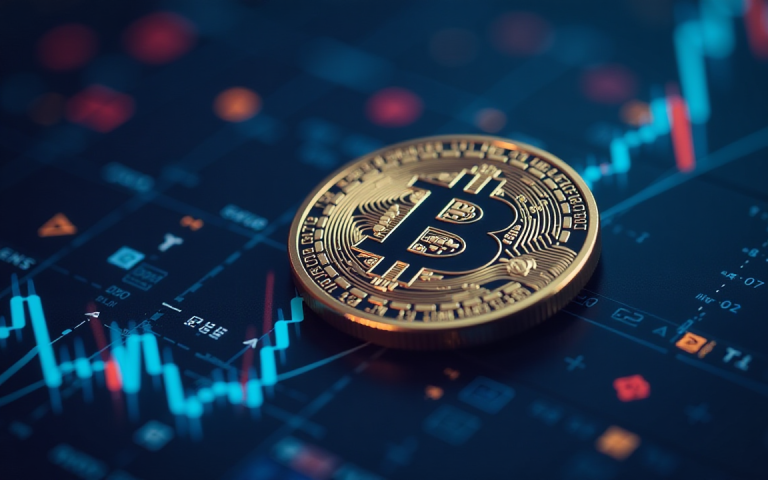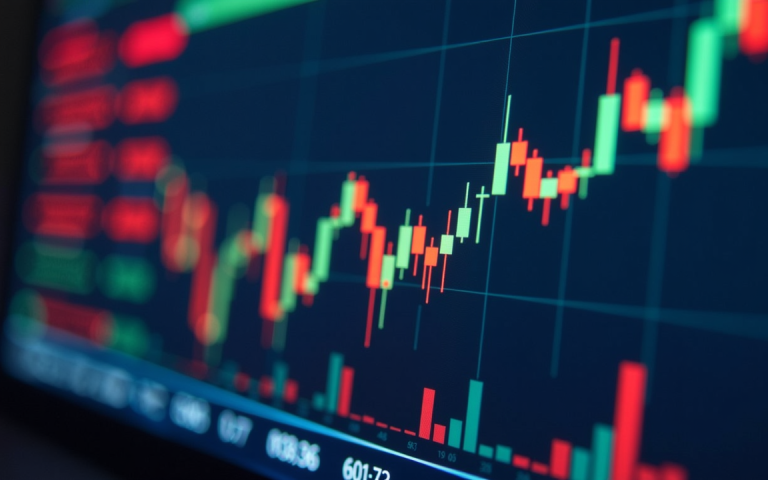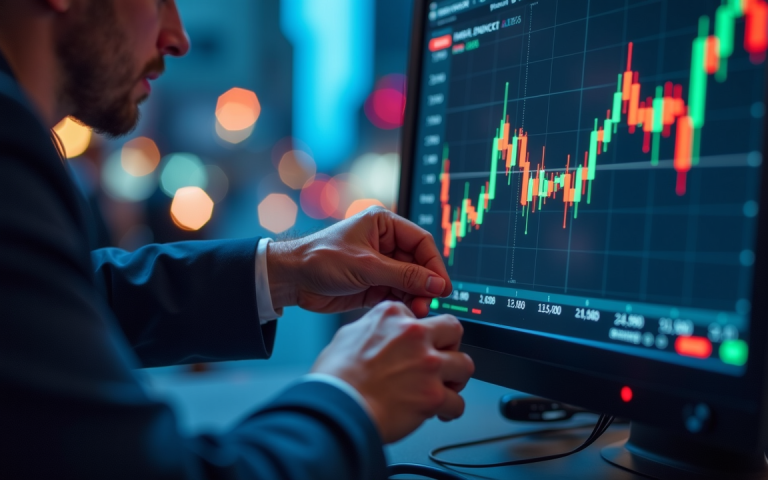Bitcoin price has held steady in the past few days, and is hovering near its highest level since February 24. BTC has jumped by over 27% from its lowest level this year, and technicals suggest that the coin will keep rising in the near term. This article explores the top reasons to buy top Bitcoin ETFs like BlackRock’s IBIT, Fidelity’s FBTC, and Cathie Wood’s ARKB.
Bitcoin price technicals point to more upside
The first important reason to buy Bitcoin and its top ETFs, such as IBIT, FBTC, and ARKB, is that they have strong technical indicators signaling further gains in the coming months.
The weekly chart shows several important bullish patterns that may push it higher in the long term. It bottomed out at $15,463 in November 2022, following FTX’s bankruptcy filing. This price marked the lower side of the cup and handle pattern whose upper side was at $68,900.
A cup and handle is one of the most bullish chart patterns in the financial market. It has a depth of about 77%.
The handle section happened between April and November last year. This handle was also a megaphone chart pattern, a popular bullish signal in the market.
Bitcoin price then made a strong bullish breakout and reached a record high of $109,200. It has moved above the 50-week and 100-week moving averages, a sign that bulls remain in control for now.
Bitcoin has retested the important support level at $73,757, the highest level in March last year. This price was the upper side of the handle section. A break-and-retest pattern is a popular bullish continuation sign in the market.
Therefore, the Bitcoin price will likely continue soaring in the near term. The initial target for this target is between $122,000 and $123,000. This price is identified by measuring the depth of the cup from its upper side.
BTC price chart | Source: TradingView
Analysts are bullish on Bitcoin
The other reason to invest in Bitcoin and ETFs like IBIT, FBTC, and ARKB is that analysts are highly bullish on Bitcoin and other altcoins.
In a report released this week, analysts at Standard Chartered Bank predicted that the coin will likely surge to $200,000 by year-end. StanChart has been one of the most optimistic and accurate analysts regarding Bitcoin.
Ark Invest, the company owned by Cathie Wood, gave a bullish Bitcoin price prediction, expecting the coin to rise to $2.4 million by 2030.
Further, Michael Saylor has predicted that Bitcoin will eventually jump to over $5 million in the next few years. His higher estimate is that it may get to $45 million over time.
Bitcoin has become a safe-haven asset
Further data shows that Bitcoin is slowly becoming a safe-haven asset. Recent data indicate that Bitcoin has performed significantly better than the Nasdaq 100 and S&P 500 indices since Donald Trump initiated his trade war earlier this month.
Analysts note that Bitcoin will eventually catch up with gold, an asset whose price has surged to a record high this year as investors embraced its role as a safe haven asset. This explains why these ETFs recorded substantial inflows even as the stock market imploded.
They identify Bitcoin’s superior features compared to gold. It has a limited supply cap of 21 million and undergoes a halving event every four years. Halving is a process where the block rewards are reduced by half, thus increasing the mining difficulty.
The bottom line on buying IBIT, FBTC, and ARKB ETFs
History shows that Bitcoin price does well over time. It jumped from below $1 in 2009 to over $94,000 today. It experienced some pullbacks during the climb. All drops have turned out to be good areas to dip. Therefore, there is a likelihood that the coin will continue soaring over time.
The post Top reasons to buy Bitcoin ETFs like IBIT, FBTC, and ARKB appeared first on Invezz

